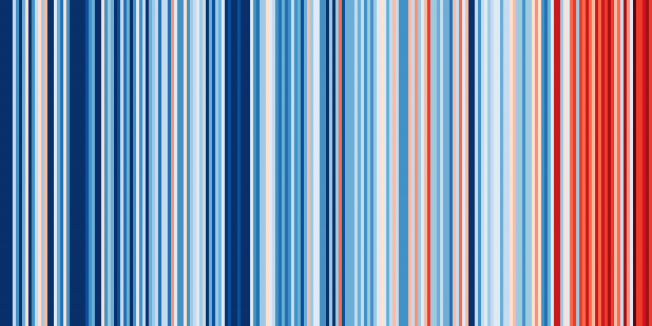Impact of snow initialization on sub-seasonal forecasts
Climate Dynamics 41:7-8 (2013) 1969-1982
Authors:
YJ Orsolini, R Senan, G Balsamo, FJ Doblas-Reyes, F Vitart, A Weisheimer, A Carrasco, RE Benestad
Abstract:
The influence of the snowpack on wintertime atmospheric teleconnections has received renewed attention in recent years, partially for its potential impact on seasonal predictability. Many observational and model studies have indicated that the autumn Eurasian snow cover in particular, influences circulation patterns over the North Pacific and North Atlantic. We have performed a suite of coupled atmosphere-ocean simulations with the European Centre for Medium-Range Weather Forecasts (ECMWF) ensemble forecast system to investigate the impact of accurate snow initialisation. Pairs of 2-month ensemble forecasts were started every 15 days from the 15th of October through the 1st of December in the years 2004-2009, with either realistic initialization of snow variables based on re-analyses, or else with "scrambled" snow initial conditions from an alternate autumn date and year. Initially, in the first 15 days, the presence of a thicker snowpack cools surface temperature over the continental land masses of Eurasia and North America. At a longer lead of 30-day, it causes a warming over the Arctic and the high latitudes of Eurasia due to an intensification and westward expansion of the Siberian High. It also causes a cooling over the mid-latitudes of Eurasia, and lowers sea level pressures over the Arctic. This "warm Arctic-cold continent" difference means that the forecasts of near-surface temperature with the more realistic snow initialization are in closer agreement with re-analyses, reducing a cold model bias over the Arctic and a warm model bias over mid-latitudes. The impact of realistic snow initialization upon the forecast skill in snow depth and near-surface temperature is estimated for various lead times. Following a modest skill improvement in the first 15 days over snow-covered land, we also find a forecast skill improvement up to the 30-day lead time over parts of the Arctic and the Northern Pacific, which can be attributed to the realistic snow initialization over the land masses. © 2013 Springer-Verlag Berlin Heidelberg.



